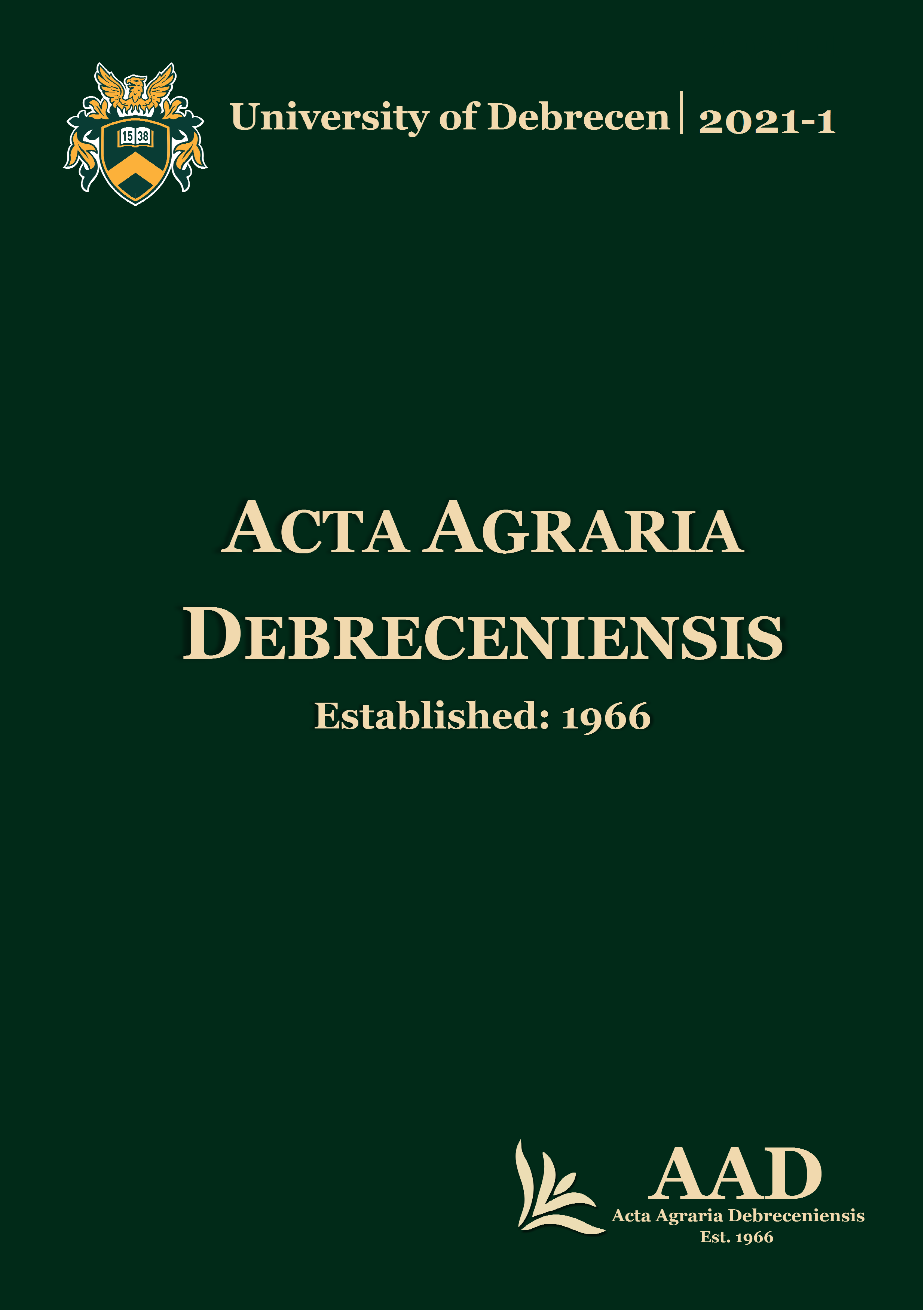Coagulase-negative staphylococci in ewe udder surface and raw milk samples
Authors
View
Keywords
License
Copyright (c) 2021 by the Author(s)

This work is licensed under a Creative Commons Attribution 4.0 International License.
How To Cite
Accepted 2021-01-21
Published 2021-06-01
Abstract
Coagulase-negative staphylococci (CNS) are among the major causes of subclinical mastitis in dairy ewe flocks. This has a financially significant impact on the ewe dairy sector and consumer health. The determination of the bacterial count, particularly CNS, is critical in terms of the quantity and quality of ovine milk. Thus, the purpose of this study was to quantify the CNS count in the udder surface and raw milk samples of the ewe, in addition to identifying CNS strains (n=8) collected from udder surface and individual raw milk samples by 16S rRNA gene sequencing. A total of 164 samples of udder surface and raw milk originated from four sheep farms were tested. The obtained values were compared between the different farms. Furthermore, values during 2018 and 2019 in the case of Farm I were compared. Significantly higher (p<0.05) average count was observed in udder surface samples taken from Farm I (2.8±1.0 lg CFU/cm2) than that of Farm III samples (2.3±0.6 lg CFU/cm2). In the case of individual raw milk, the higher value was observed in samples derived from Farm III (3.5±0.9 lg CFU/mL), while the obtained value was significantly lower (p<0.05) in samples originated from Farm IV (1.8±0.4 lg CFU/mL). In the bulk tank milk samples, the highest mean value was 5.3±0.4 CFU/mL, and there was no significant (p>0.05) variation between farms. Coagulase-negative staphylococci counts were decreased to a certain extent in both sample types tested during 2019 except for individual raw milk derived from the Tsigai breed. The correlation between the mean CNS counts of udder surface and individual raw milk was very weak (r=0.048). Staphylococcus simulans, Staphylococcus auricularis, and Staphylococcus equorum were identified by molecular sequencing and Staphylococcus simulans were the most frequently identified CNS species. A higher CNS count of bulk tank milk than individual raw milk indicates possible contamination during milking and storage. Therefore, further studies are required to investigate the other sources of bulk tank milk contamination to improve the hygienic quality of milk.

 https://doi.org/10.34101/actaagrar/1/8503
https://doi.org/10.34101/actaagrar/1/8503